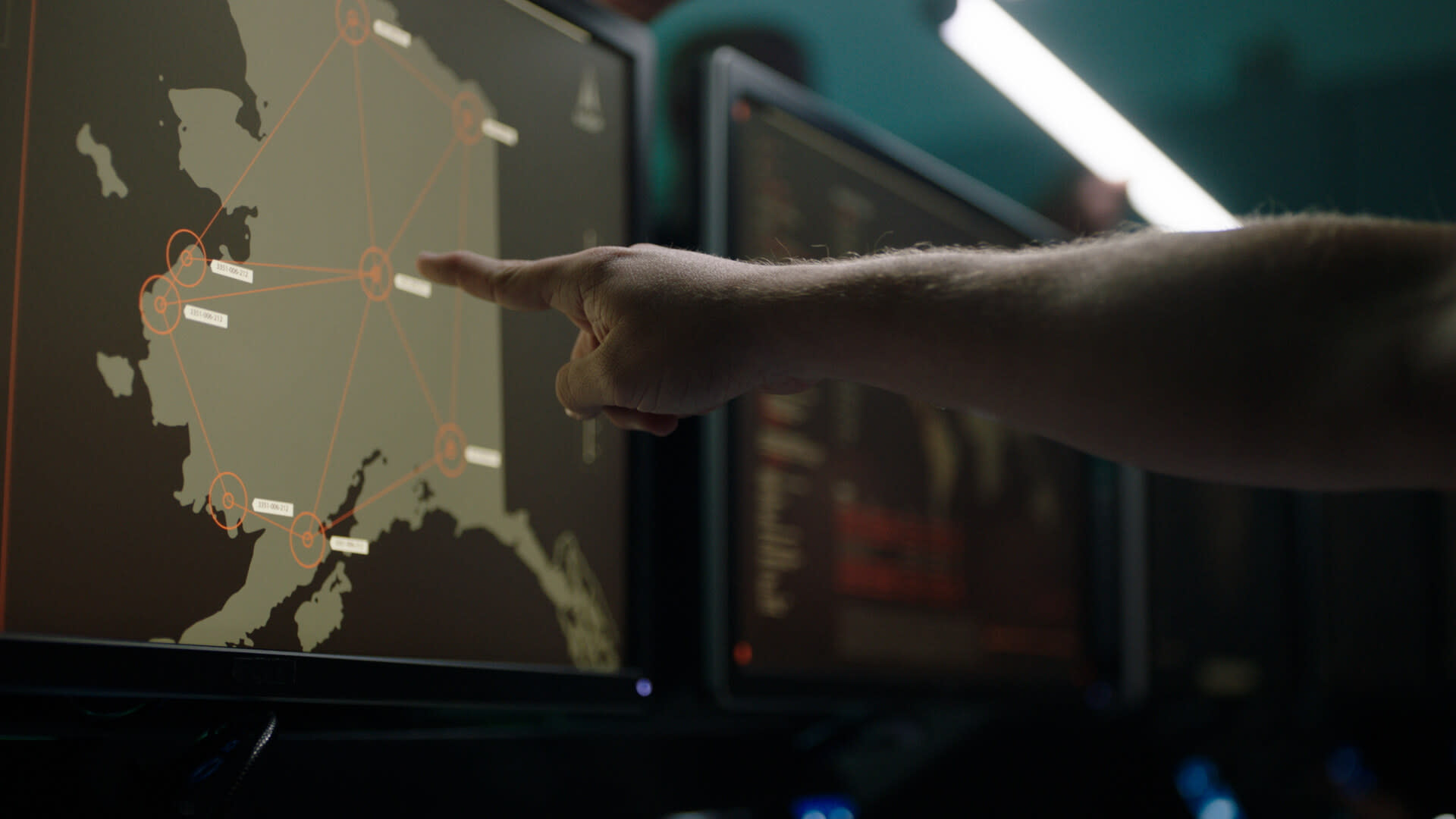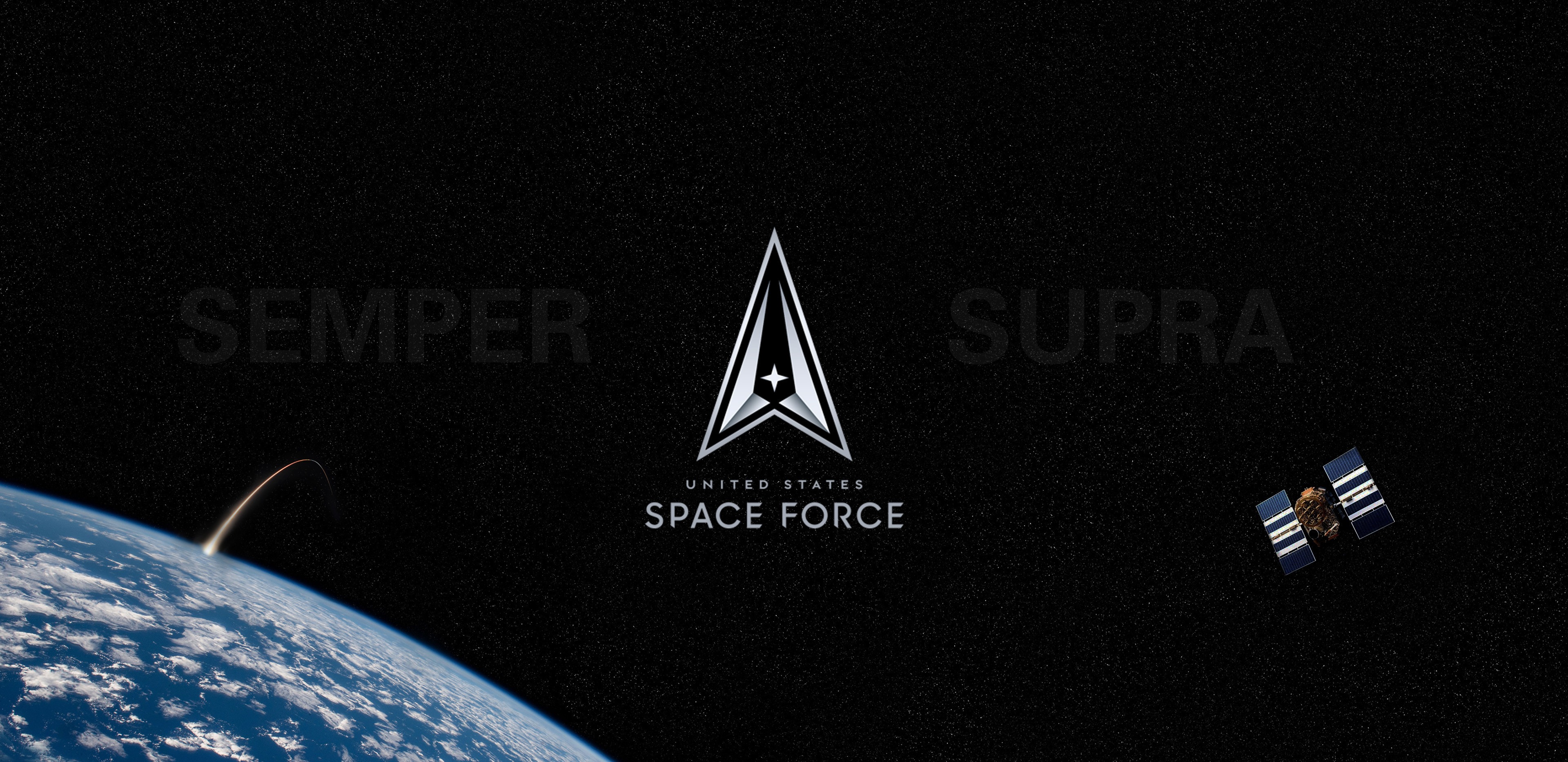
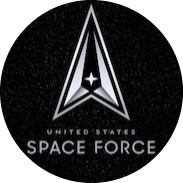
5 Differences Between the U.S. Space Force and NASA
Feb1, 2023 -- The United States government has had two official space organizations since 2019: NASA and the U.S. Space Force. Both agencies are dedicated to enhancing the nation’s understanding and knowledge about the new frontier, but they each have a very different focus. And both groups launch and operate space vehicles—sometimes from the same bases—and share other resources, so it might be tempting to assume that the Space Force is simply NASA in different uniforms. The obvious difference is that NASA (the National Aeronautics and Space Administration) is a civilian agency, and the Space Force is the youngest branch of the military. While NASA is exploring far-off new worlds and looking outward to the final frontier, the Space Force is on a mission to defend freedom and guarding the existing frontier.
“Even if they had the exact same sensors on them, the difference between a Space Force and NASA satellite is their purpose.”
“Military necessity often leads to innovations that have civilian applications.”
Article Tags
General
U.S. Space Force
Nasa
National Defense
Planetary Defense
Cyberspace
U. S. Space Force Space Systems Command, United Launch Alliance successfully launch USSF-106 mission aboard Vulcan rocket
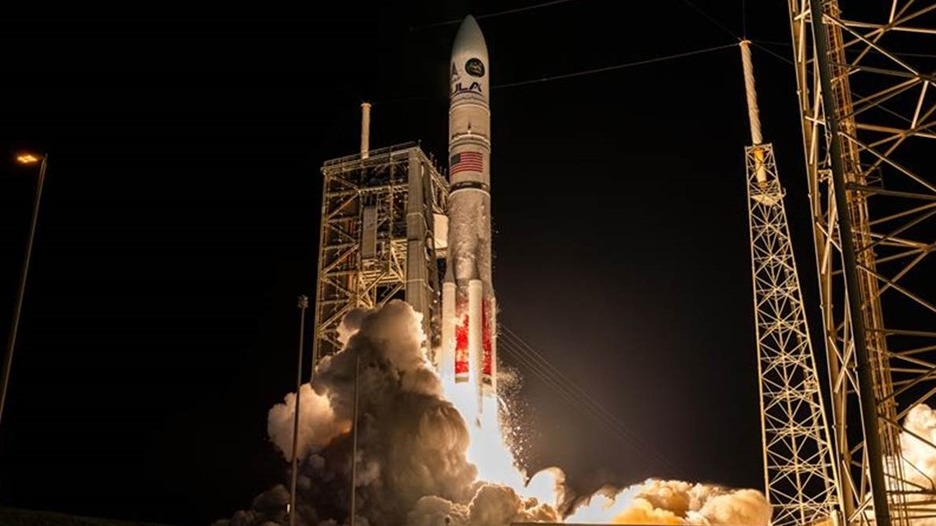
USSF and ULA launch Vulcan Centaur on its first NSSL mission, delivering the NTS-3 satellite to geosynchronous orbit for advanced navigation research.
Read more about U. S. Space Force Space Systems Command, United Launch Alliance successfully launch USSF-106 mission aboard Vulcan rocketDAF joins with Disney, Pixar to bring military family story to life in ‘Elio’

The Department of the Air Force joined Disney·Pixar to help bring Elio to life, showcasing the challenges and resilience of military kids while ensuring authentic Space Force representation in the animated film.
Read more about DAF joins with Disney, Pixar to bring military family story to life in ‘Elio’X-37B Orbital Test Vehicle concludes seventh successful mission
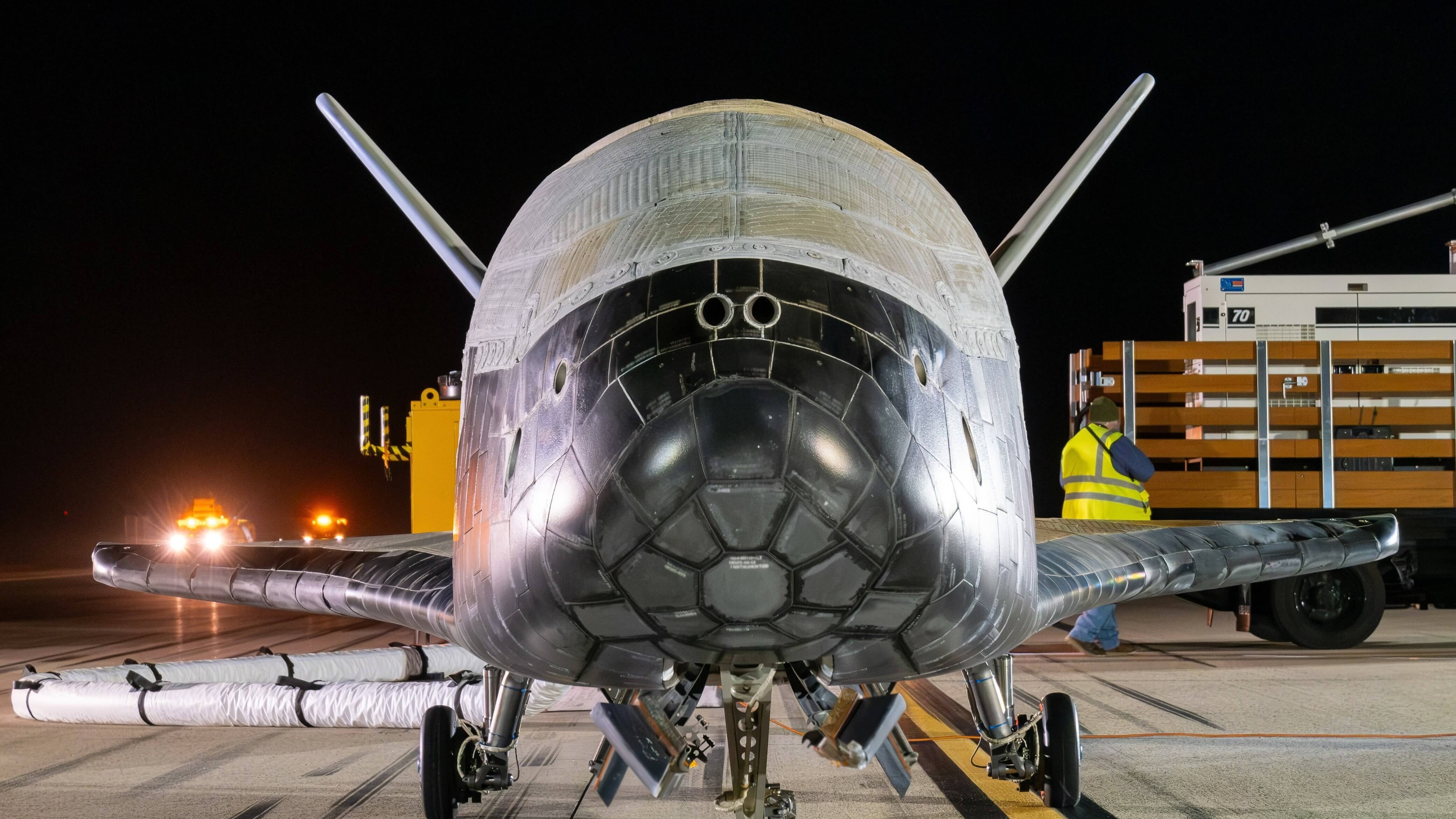
The X-37B Orbital Test Vehicle successfully concluded its seventh mission, landing at Vandenberg Space Force Base in California on March 7, 2025, after a 434-day mission in space.
Read more about X-37B Orbital Test Vehicle concludes seventh successful missionX-37B begins novel space maneuver

The U.S. military's X-37B space plane is about to begin a series of novel maneuvers, according to a rare official update on the spacecraft
Read more about X-37B begins novel space maneuverDepartment of the Air Force launches NIPRGPT

The United States Department of the Air Force, in partnership with Air Force Research Laboratory, has launched NIPRGPT
Read more about Department of the Air Force launches NIPRGPT98th Space Range Squadron takes warfighter readiness to next level
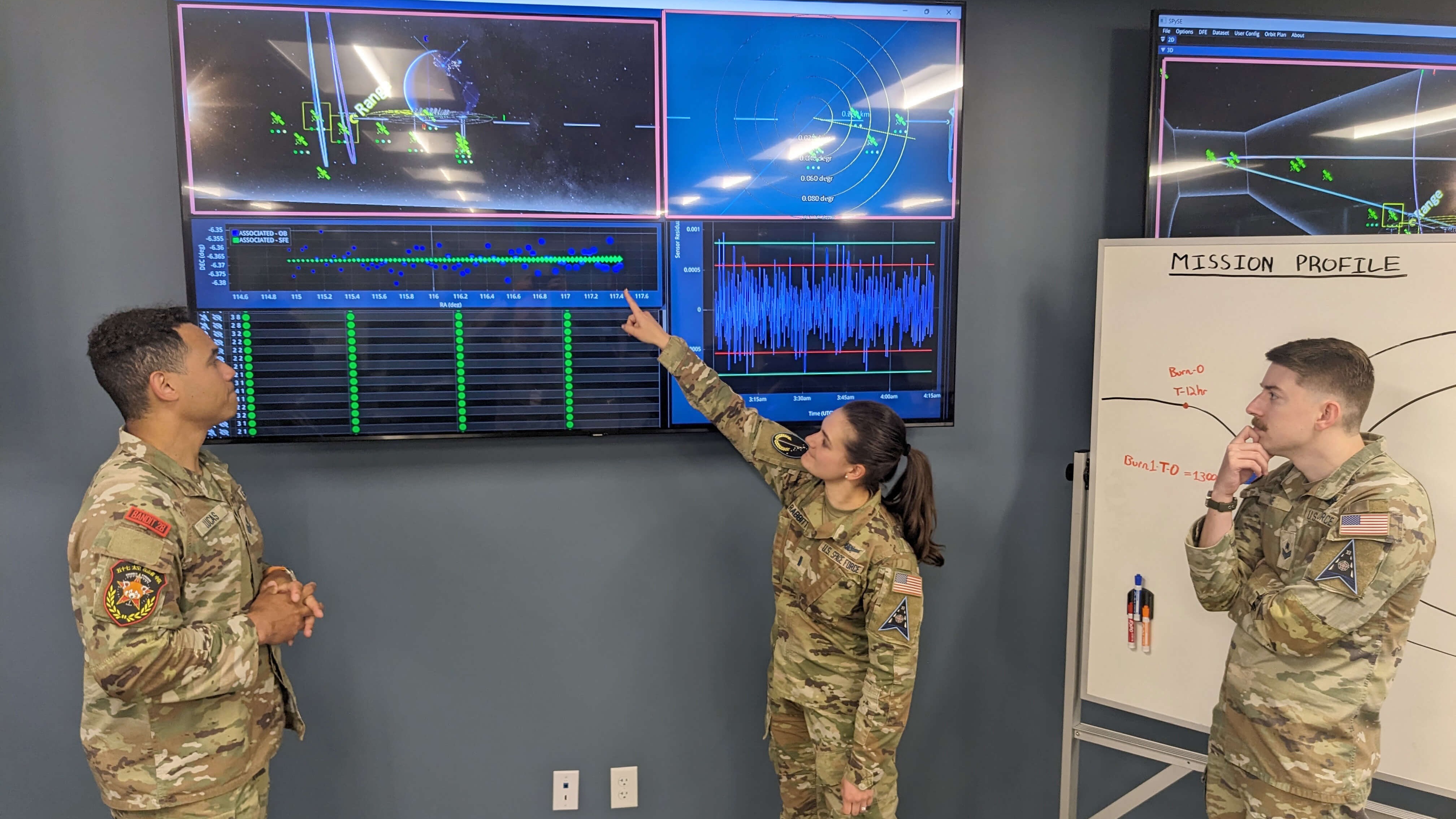
For decades, Air Force test and training ranges, like the Nevada Test and Training Range and the Utah Test and Training Range, have provided aircrews with flexible, realistic, multidimensional battle spaces to conduct testing and advanced training.
Read more about 98th Space Range Squadron takes warfighter readiness to next levelSpace Test Course integrates satellite operations into curriculum for first time
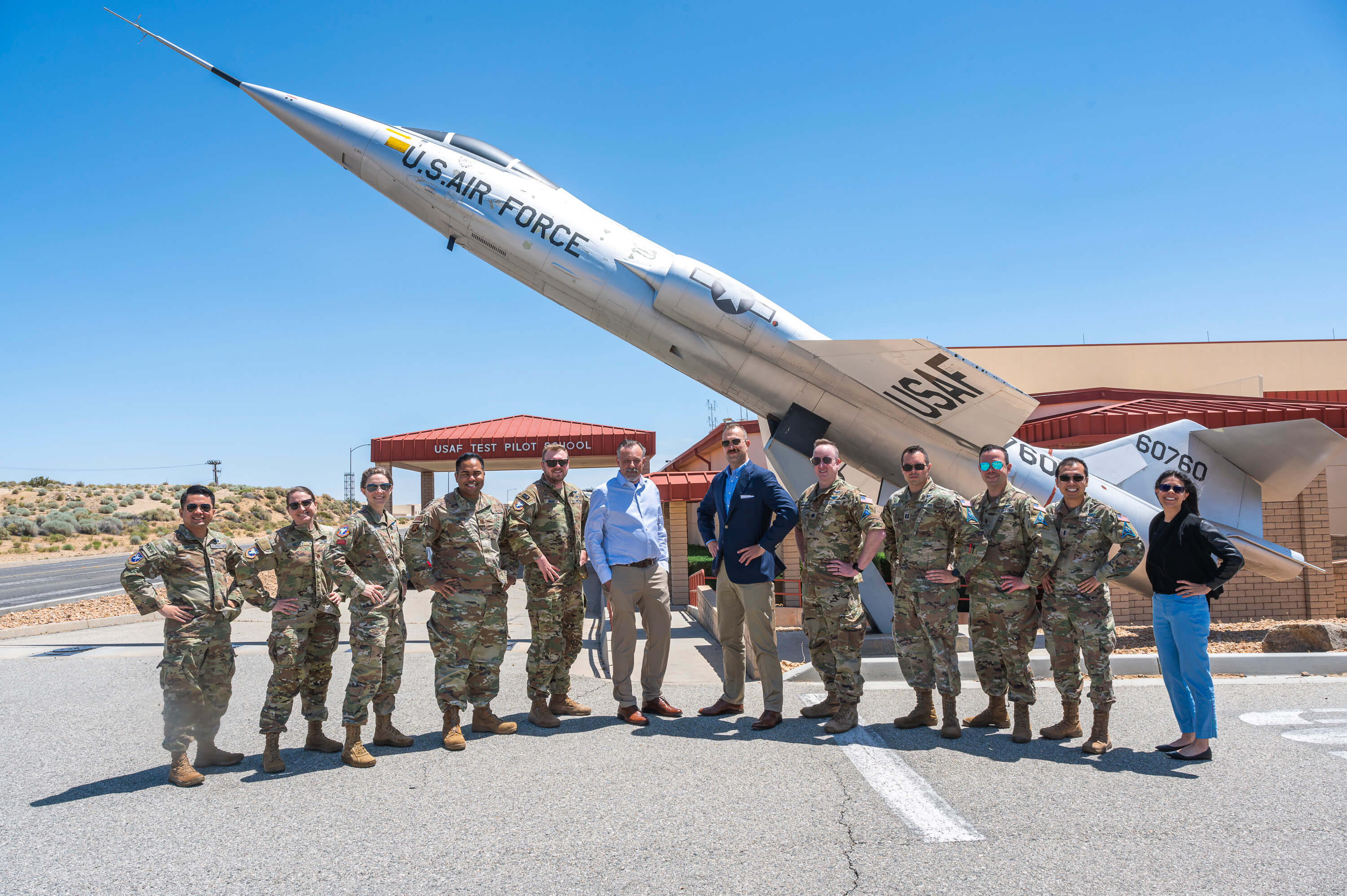
In a historic first, students from the Space Test Course at the U.S. Air Force Test Pilot School successfully operated a satellite in space from Edwards Air Force Base, May 20.
Read more about Space Test Course integrates satellite operations into curriculum for first timeDAF announces updates to DAFI 36-2606, gives Airmen, Guardians flexibility in career

The Department of the Air Force announced updates to Department of the Air Force Instruction 36-2606, Reenlistment and Extension of Enlistment, May 23.
Read more about DAF announces updates to DAFI 36-2606, gives Airmen, Guardians flexibility in careerCSO hosts patch presentation ceremony
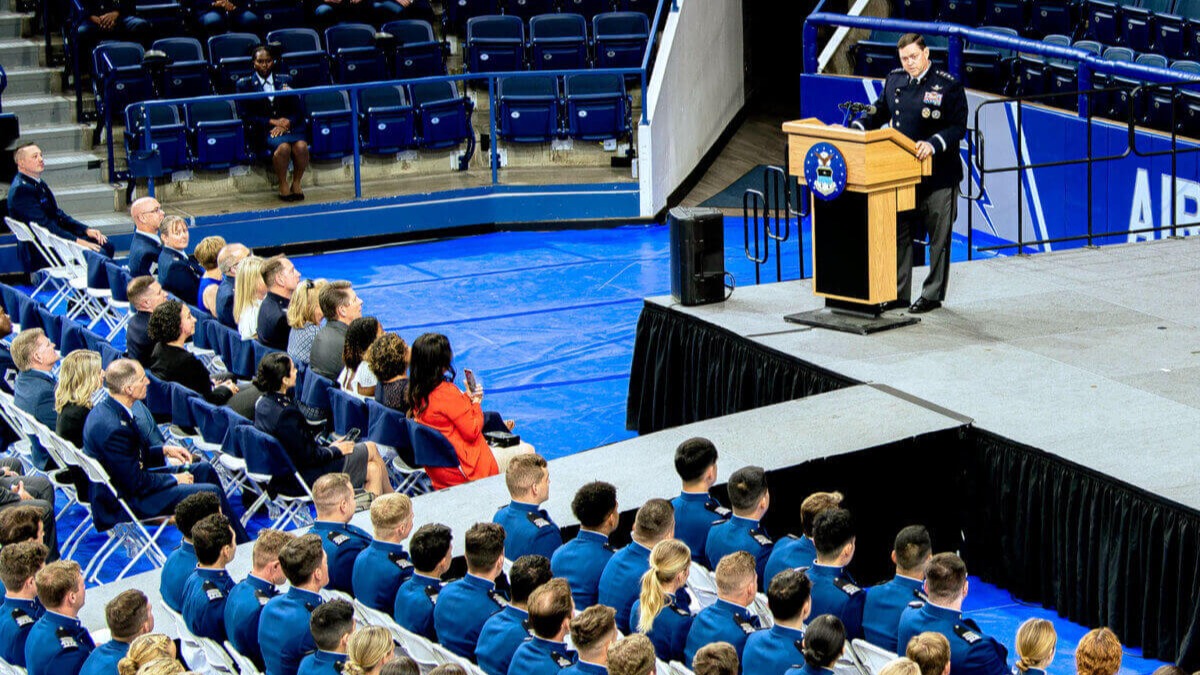
Ninety-two U.S. Air Force Academy cadets were presented their U.S. Space Force patches during a ceremony held at Clune Arena May 29.
Read more about CSO hosts patch presentation ceremonyMinuteman III test launch showcases readiness of US nuclear force's safe, effective deterrent
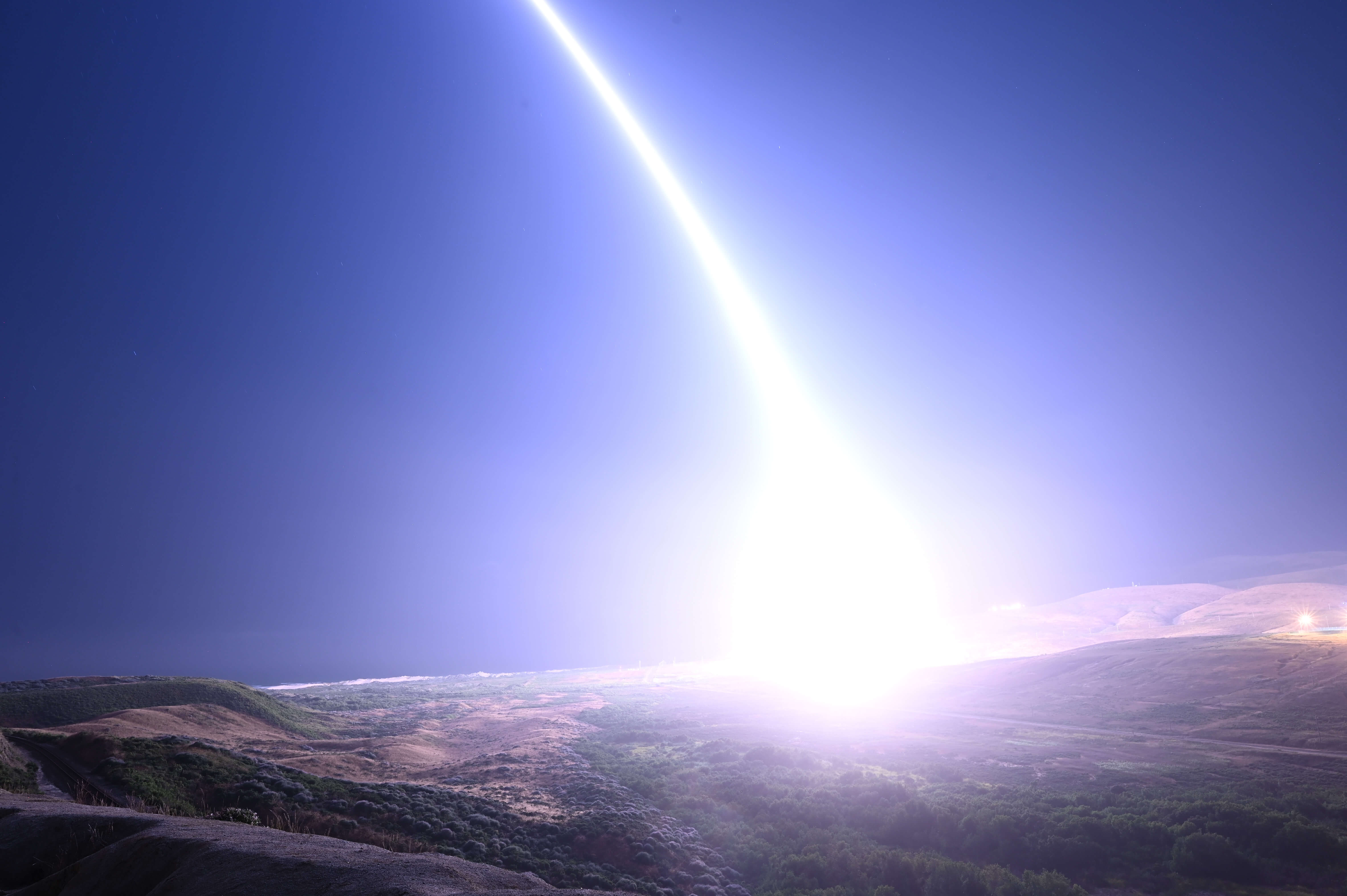
Air Force Global Strike Command Airmen supported by Space Force Guardians launched an unarmed Minuteman III
Read more about Minuteman III test launch showcases readiness of US nuclear force's safe, effective deterrent
Apply
Become a Guardian
Ready to protect our everyday lives with a career in the space domain? We can’t wait to see what you do.
START APPLICATION
